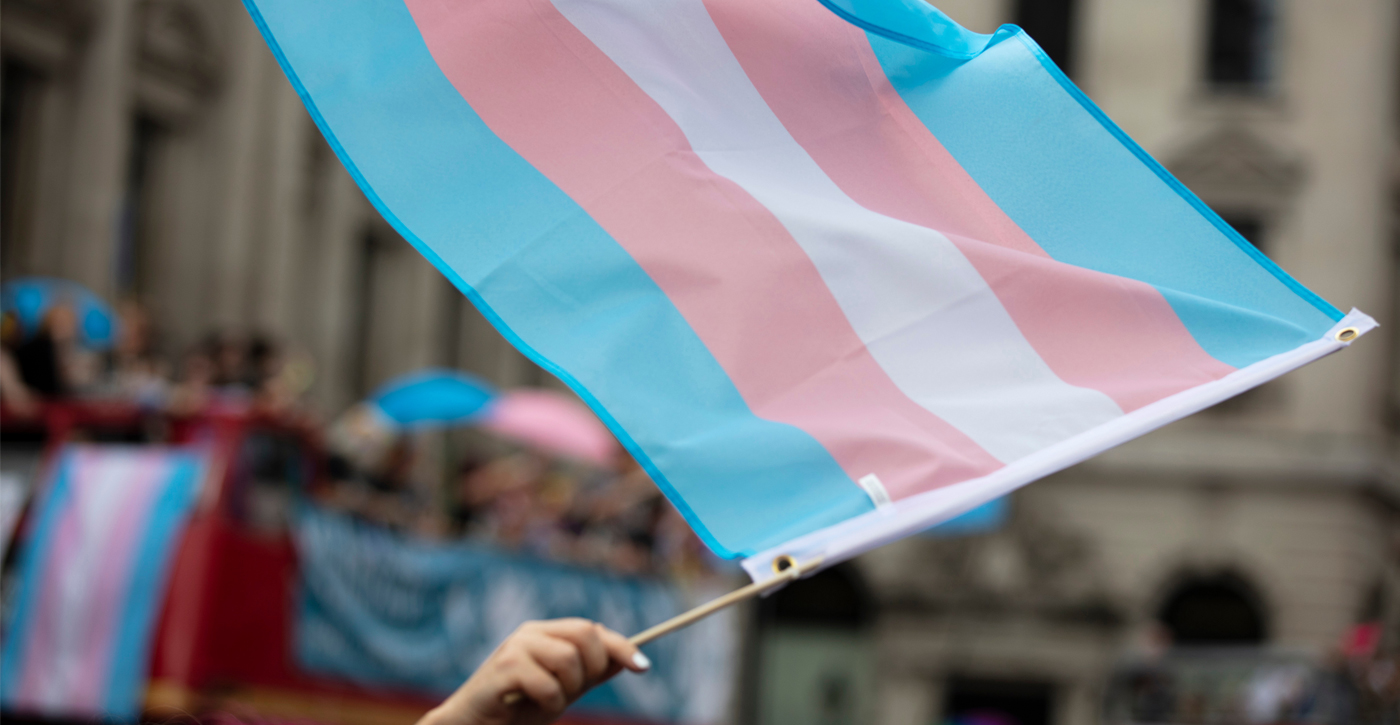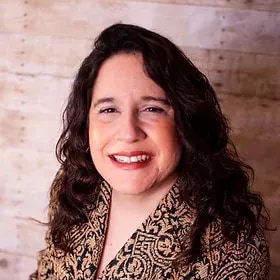Some U.S. Quakers seeking to live out the equality testimony and welcome all worshipers have adopted minutes and official statements explicitly affirming transgender people. Such minutes aim to create safe spaces in which transgender Friends can be themselves and share their gifts with their meeting communities. The purpose of writing a trans-affirming minute has been two-fold: it educates the congregation about trans experiences while also informing them about the need for such documents.
Some meetings are currently discerning whether to adopt trans-affirming minutes. Quakers that Friends Journal interviewed said trans-affirming minutes can witness to meetings’ commitment to embracing transgender individuals. Friends noted that adopting the minutes should serve as a beginning to creating a more welcoming meeting rather than be considered the culmination of a meeting’s efforts to uplift transgender worshipers.
“Adopting it is a formal statement of commitment to this population,” said Chloe Schwenke, a transgender woman who is a member of Adelphi (Md.) Meeting. Adelphi Meeting adopted a trans-affirming minute in 2013.
Schwenke was the first openly trans person in her meeting. The discernment process that led to embracing the minute was “multi-faceted,” Schwenke said.
The meeting held several well-attended second-hour discussions about transgender issues. The conversations coincided with Schwenke’s transition process and included her wife and family.
Education sessions and worship-sharing gatherings can prepare meeting members to consider a draft of a trans-affirming minute, according to Cai Quirk, a transgender person who is a member of Ithaca (N.Y.) Meeting. Eleven years ago, Quirk came out to their meeting as trans and experienced welcome, support, and loving care.
“I knew that Spirit loved me even if people in the meeting were trying to figure out how loving me worked,” Quirk said.
Meetings can establish a buddy system in which Quakers with questions about transgender experience, or objections to trans individuals, are paired with those who are well-informed and sympathetic about transgender issues, according to Quirk.
Inviting someone from outside the meeting to inform the community prevents trans worshipers from having to perform the emotional labor of constantly educating their fellow Quakers, according to Quirk. Also people will feel more comfortable candidly asking questions if the presenter comes from outside the meeting. Having a Quaker presenter is best because the person will know Friends’ language.
In addition, individual trans Quakers can articulate what would make them feel most included, according to Quirk.
“When a community specifically says that we welcome you, I feel more affirmed and uplifted,” Quirk said. “I feel like I can be more myself in the community.”
Trans-affirming minutes are helpful even if there are no trans members or attenders in the meeting because they make potential worshipers feel welcome, according to Quirk.
One meeting adopted a trans-affirming minute to build on its historic commitment to welcome a variety of worshipers. Northside Meeting in Chicago, Illinois, accepted gay and lesbian people from its earliest days, said Eva Hare, who worships at the meeting. However, the community had a “don’t ask, don’t tell” view of transgender people. Ten years ago a regular attender had a transgender partner.
“I don’t think she was explicitly welcomed. She was not explicitly welcomed,” Hare said.
Transgender worshipers were not able to express their authentic selves because the community did not have open conversations about being transgender.
“We didn’t have a collective vocabulary to talk about it,” Hare said.
Trans Quakers told others in the meeting, “‘I love you all, but you’re messing this up.’ And as a community we were able to hear that,” Hare said.
Adopting the minute was a concrete step toward solving the issues trans Friends raised.
Katherine Alford, clerk of New York Quarterly Meeting, is the parent of a transgender child. Trans-affirming minutes rose from monthly meetings within New York Quarterly Meeting, according to Alford. Alford contacted other parents of trans folks and gathered support for adopting a minute at the quarterly level.
“There was no friction about adopting this minute,” Alford said.
The minute builds on a history of Friends in New York City supporting LGBT rights. During the Stonewall Uprising of 1969, Friends at Fifteenth Street Meeting created a safe haven for rioters protesting police violence toward, and harassment of, LGBT people. In the year after the uprising, Quakers provided training in nonviolent demonstration techniques to prepare participants for the 1970 pride march.
Multnomah Meeting in Portland, Oregon, established an ad-hoc committee on gender concerns which offered educational events leading the monthly meeting to adopt a trans-affirming minute, according to Kepper Petzing, who is a longtime attender. The committee then led North Pacific Yearly Meeting to adopt a similar minute.
The Multnomah Meetinghouse has four single-use restrooms, which have always been gender neutral, according to Petzing.
“People plan their whole day around where they can safely go to the bathroom,” said Petzing.
Multnomah Meeting has also observed the Transgender Day of Remembrance, an annual November 20 commemoration of trans folks who died in acts of anti-trans violence.
Although minutes are important public statements of welcome, a commitment to integrity requires that minutes form only part of an overall effort to understand and embrace transgender worshipers, according to Eva Hare of Northside Meeting in Chicago.
“A minute on its own isn’t enough,” said Hare.
Designating gender-neutral bathrooms to accommodate transgender and non-binary people is a “bare minimum step” meetings can take to affirm and welcome worshipers, according to Sara Patenaude of Atlanta (Ga.) Meeting.
Meetings expressing general welcoming statements is not enough because LGBTQ people are often excluded from entities where others are welcomed, according to Patenaude.
Others echoed Patenaude’s view that Friends underestimate the need to explicitly welcome transgender worshipers.
“I think as Friends we sometimes think our witness is obvious,” said Ann Kjelberg, a member of Fifteenth Street Meeting in New York City, who is the parent of a transgender child.
Experiences in non-affirming religious communities can make transgender individuals wary of attending Quaker meetings, according to Derek Harootune Otis, an attender beginning the process of becoming a member of Atlanta (Ga.) meeting.
“For many people in that space, religion is a complicated topic,” said Harootune Otis, who identifies as nonbinary under the trans umbrella.
Harootune Otis was baptized in the Armenian Apostolic Church and described that community as being less than hospitable to openly transgender or nonbinary individuals.
One visible way Friends can demonstrate and practice awareness is to offer pronoun stickers to attach to nametags so that Friends are able to address trans and non-binary individuals correctly, according to Yelena Forrester, clerk of Chester (Pa.) Meeting, which does not have a trans-affirming minute but adopted a minute of support for transgender individuals facing persecution in Uganda.
Videos, articles, and books on trans experiences can help Friends understand the experiences of trans folks, according to Quirk. Meeting libraries can feature books and pamphlets about the experiences of transgender people. Meetinghouses can display rainbow flags, and if a meeting holds hymn sings, it can incorporate queer-affirming hymns, such as those in the collection Songs for the Holy Other. Meeting websites and social media posts can actively affirm trans people. Meeting members can also march in local LGBT pride parades.
Silence can suppress minority voices and meetings must deliberately integrate them into meetings for worship with attention to business, according to Brittany Koresch, who attends North Columbus (Ohio) Meeting. Meetings can uplift trans members by reading a statement of affirming values before each meeting for business. Koresch was part of the meeting community when the trans-affirming minute was adopted. The meeting endorsed the minute before Koresch openly identified as non-binary.
Resources:
- Friends for Lesbian, Gay, Bisexual, Transgender, and Queer Concerns maintains a collection of minutes welcoming and affirming transgender people.




Thank you for including me in your coverage of this important topic. If folks want to see other Meetings have trans-affirming minutes and marriage minutes, please look over the site from FLGBTQC https://www.flgbtqc.org/resources/
Hi Brittany, oh yes, that link is definitely a good one to share. I’ve added it to the bottom of the article.
The Resources link at the bottom of the article doesn’t seem to be working. I believe this is what was intended:
https://www.flgbtqc.org/resources/transminutes/
Thanks Charles, we’ve fixed it now.